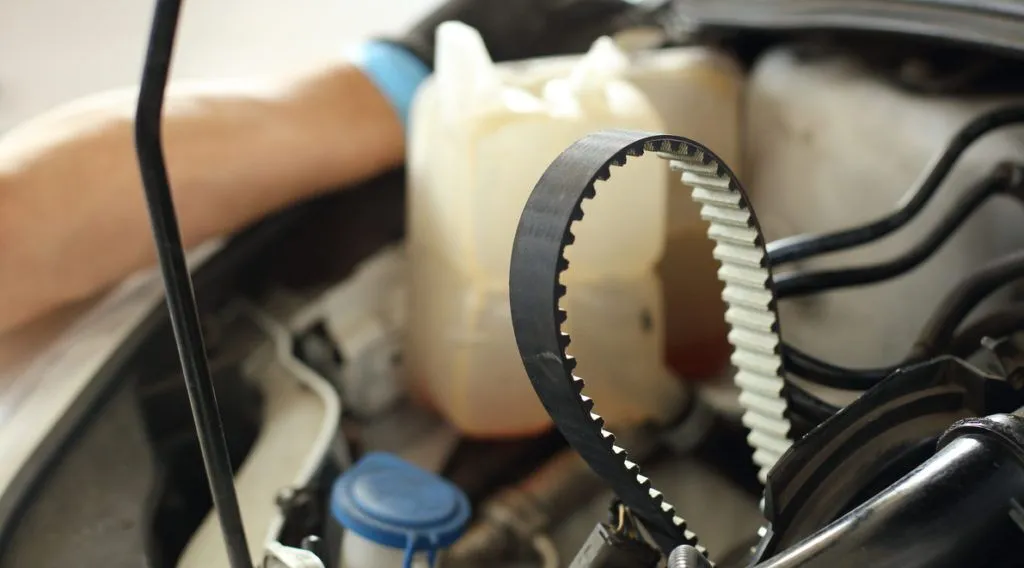- Arabic
- French
- Russian
- Spanish
- Portuguese
- Turkish
- Armenian
- English
- Albanian
- Amharic
- Azerbaijani
- Basque
- Belarusian
- Bengali
- Bosnian
- Bulgarian
- Catalan
- Cebuano
- Corsican
- Croatian
- Czech
- Danish
- Dutch
- Afrikaans
- Esperanto
- Estonian
- Finnish
- Frisian
- Galician
- Georgian
- German
- Greek
- Gujarati
- Haitian Creole
- hausa
- hawaiian
- Hebrew
- Hindi
- Miao
- Hungarian
- Icelandic
- igbo
- Indonesian
- irish
- Italian
- Japanese
- Javanese
- Kannada
- kazakh
- Khmer
- Rwandese
- Korean
- Kurdish
- Kyrgyz
- Lao
- Latin
- Latvian
- Lithuanian
- Luxembourgish
- Macedonian
- Malgashi
- Malay
- Malayalam
- Maltese
- Maori
- Marathi
- Mongolian
- Myanmar
- Nepali
- Norwegian
- Norwegian
- Occitan
- Pashto
- Persian
- Polish
- Punjabi
- Romanian
- Samoan
- Scottish Gaelic
- Serbian
- Sesotho
- Shona
- Sindhi
- Sinhala
- Slovak
- Slovenian
- Somali
- Sundanese
- Swahili
- Swedish
- Tagalog
- Tajik
- Tamil
- Tatar
- Telugu
- Thai
- Turkmen
- Ukrainian
- Urdu
- Uighur
- Uzbek
- Vietnamese
- Welsh
- Bantu
- Yiddish
- Yoruba
- Zulu
Dec . 11, 2024 10:21 Back to list
Understanding Timing Belts and Their Importance in Engine Functionality
Understanding the Importance of Timing Belts in Automotive Performance
When it comes to automotive engineering and maintenance, few components are as crucial as the timing belt. This seemingly unassuming part plays a vital role in the overall performance and longevity of an engine. In this article, we will delve into the intricacies of timing belts, their functions, maintenance, and why they should be on every car owner's radar.
What is a Timing Belt?
A timing belt is a reinforced rubber belt that is crucial in synchronizing the rotation of the crankshaft and the camshaft in an internal combustion engine. It ensures that the engine’s valves open and close at the appropriate times in relation to the position of the pistons. This precise timing allows for efficient combustion and is fundamental to the engine’s overall performance.
The Function of Timing Belts
The primary function of the timing belt is to keep the engine's timing in check. In a four-stroke engine, the crankshaft rotates twice for every one revolution of the camshaft. The timing belt connects these two components, allowing them to operate in sync. If the timing is off, it can lead to a number of issues, including poor engine performance, increased emissions, and even catastrophic engine failure.
In more complex engines, the timing belt may also drive other components. For instance, it can be linked to the water pump, which is critical for engine cooling, or to the power steering pump. Therefore, maintaining the integrity of the timing belt is essential not just for engine performance, but also for the function of other vital systems within the vehicle.
Signs of a Failing Timing Belt
belts timing

Like any mechanical component, timing belts do not last forever. Over time, they can wear down, stretch, or even fray. One of the most common indicators of a failing timing belt is unusual noises emanating from the engine, such as a ticking sound. Other signs may include engine misfires, a lack of power, or difficulty starting the engine.
If a timing belt breaks while the engine is running, it can lead to serious damage, especially in interference engines where the pistons can collide with valves. This can result in bent valves, damaged pistons, or even a ruined engine, leading to costly repairs. Thus, regular inspection and timely replacement of the timing belt are crucial for preventing severe mechanical issues.
The Importance of Regular Maintenance
Most manufacturers recommend replacing the timing belt every 60,000 to 100,000 miles, but this can vary based on the make and model of the vehicle. Regular maintenance checks can help detect wear before it becomes a significant issue. During these inspections, a mechanic will look for signs of cracking, fraying, or oil contamination, which can be indicators that it’s time for a replacement.
In addition to replacing the timing belt itself, it’s often a good idea to replace other related components, such as pulleys and tensioners. These parts wear out together with the timing belt and replacing them at the same time can save labor costs and ensure the longevity of the new timing belt.
Conclusion
The timing belt is a small yet integral component of your vehicle's engine that holds significant importance for performance and reliability. Regular maintenance and timely replacement can save you from unexpected breakdowns and costly repairs. As an informed car owner, it’s essential to stay aware of your vehicle's specific timing belt guidelines and adhere to maintenance schedules. By doing so, you ensure that your engine runs smoothly and efficiently, prolonging the life of your car and enhancing your driving experience. Therefore, next time you’re checking your vehicle’s maintenance schedule, make sure the timing belt is at the top of your list.
-
Upgrade Power Steering Pump Belt for Smooth, Quiet Operation
NewsAug.27,2025
-
Precision Timing Belt & Chain: Engine Performance & Durability
NewsAug.26,2025
-
Precision Lathe Drive Belts: Durable & Reliable Performance
NewsAug.25,2025
-
84.5 Serpentine Belt: Durable & Precision Fit for Your Engine
NewsAug.24,2025
-
Premium Ribbed Drive Belts for Quiet Power Transmission
NewsAug.23,2025
-
High-Performance Vehicle Timing Belt for Engine Precision
NewsAug.22,2025

